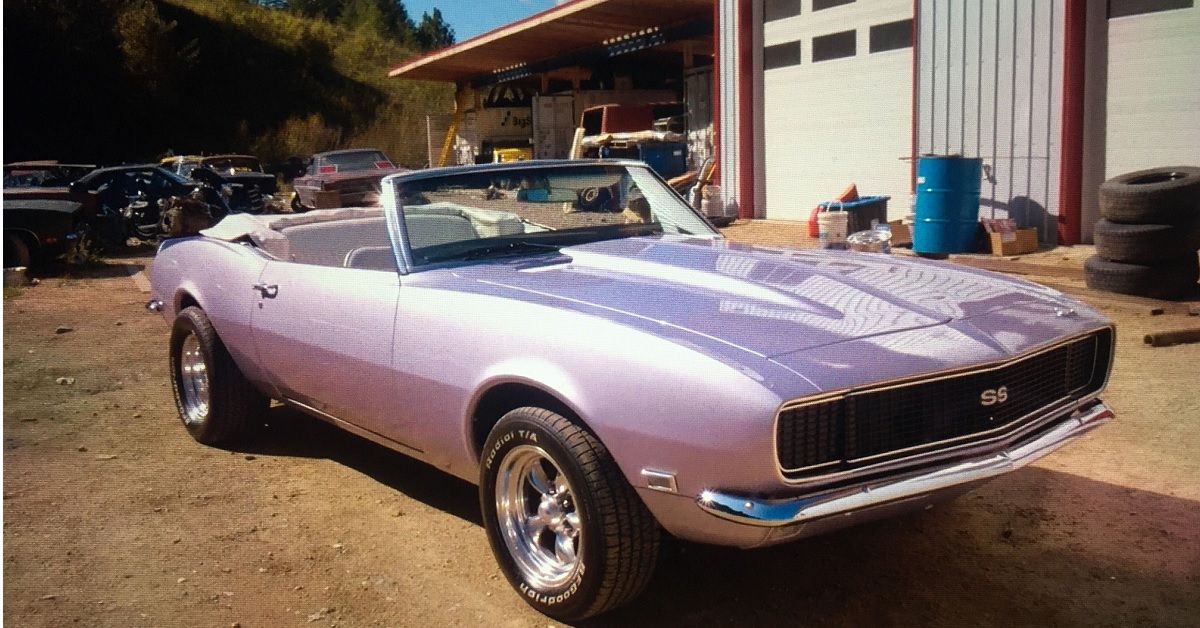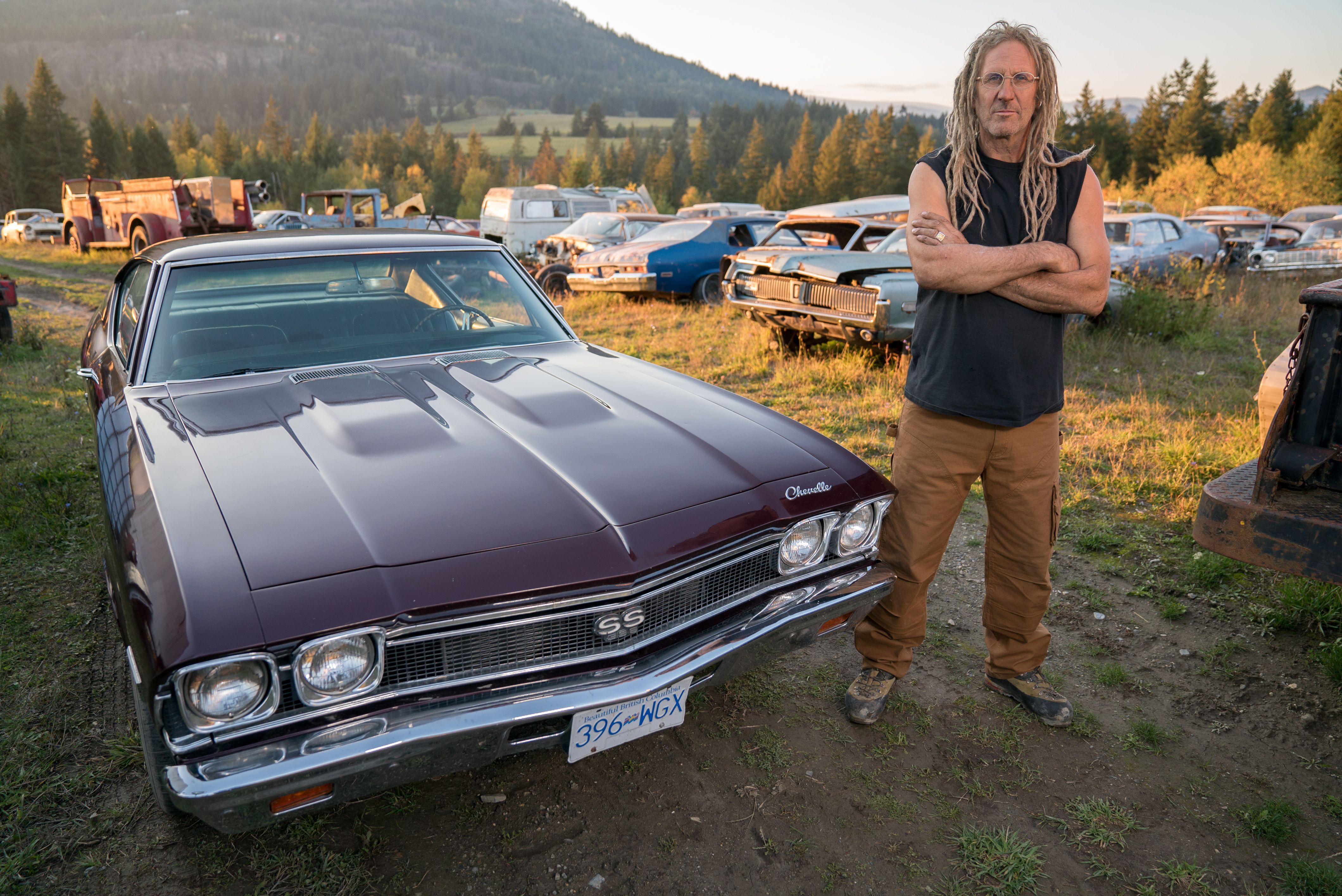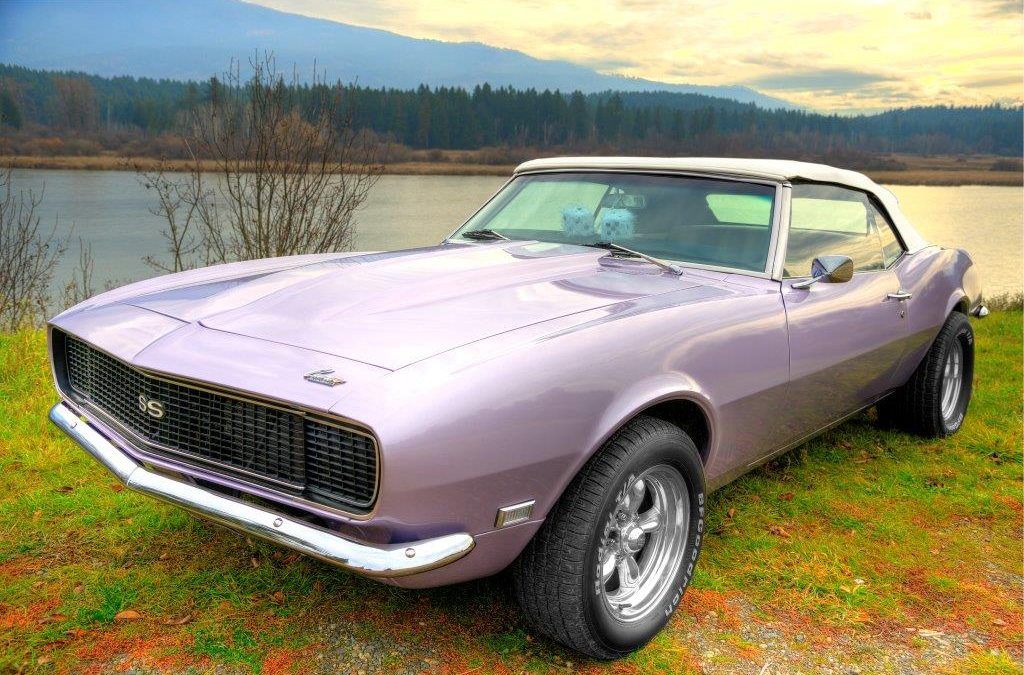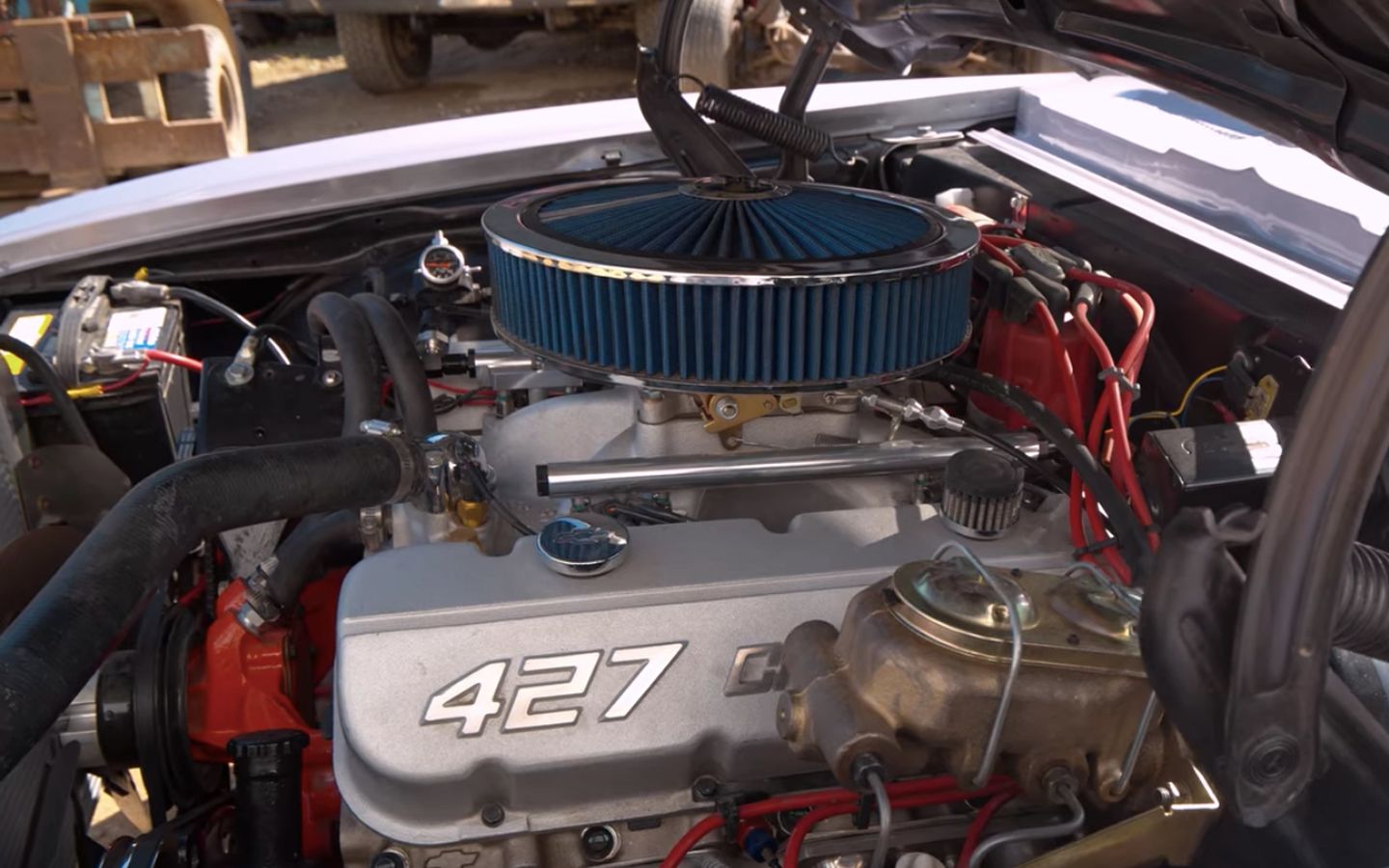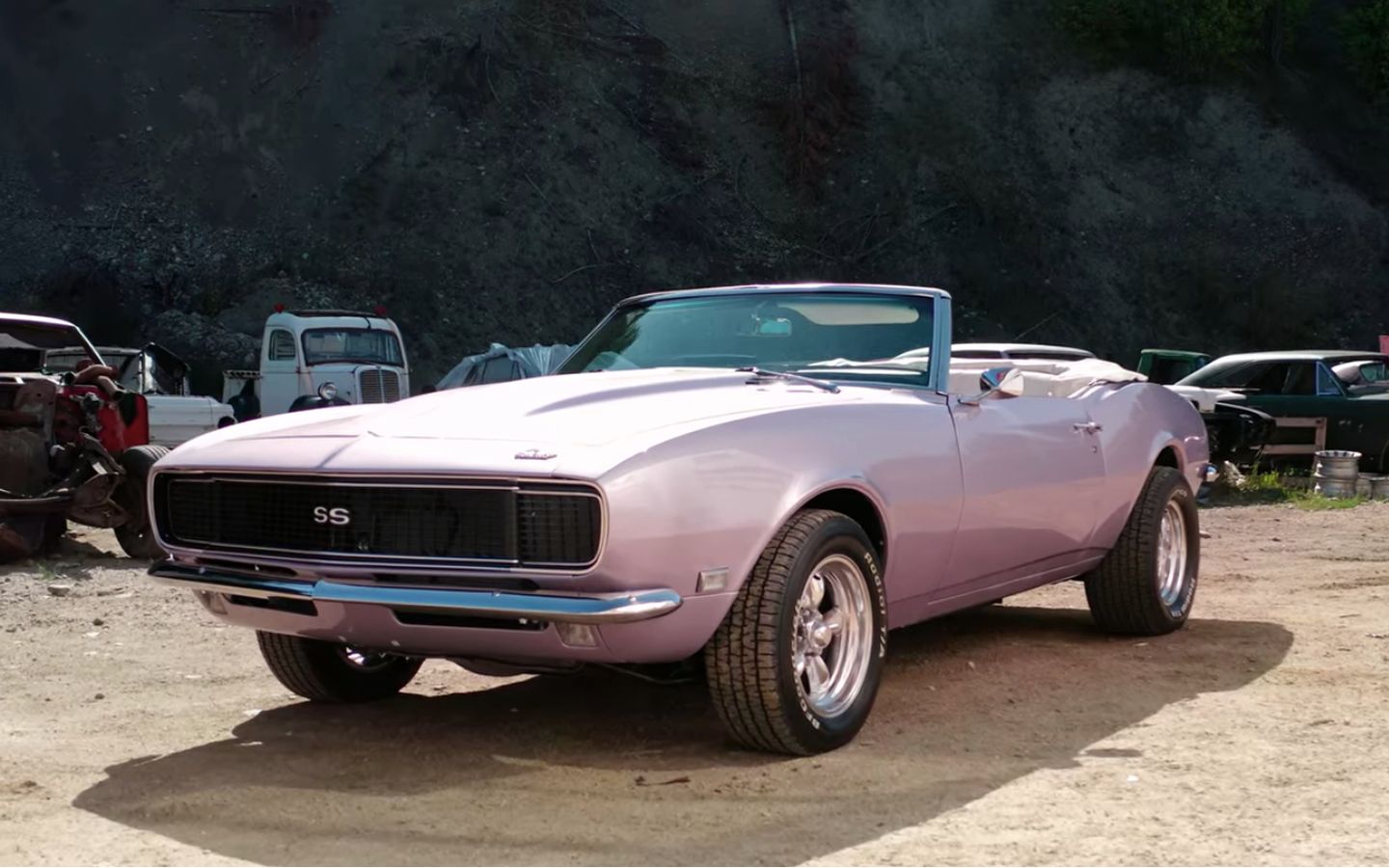The series Rust Valley Restorers has brought life to thousands of classic cars that have become deadbeats. Who would have thought old and abandoned cars could still be saved from the chop shop?
The show has just brought eyes to the mountains of Tappen, British Columbia, more so as people found have out that there is more than one of its kind in the area.
Tappen's acres of land filled what was supposedly junk is actually a gold mine. Many of its old and abandoned cars have been restored and sold for amounts more than some annual salaries.
The Rust Bros Restoration Shop is still in business because of its pricier sales. The different interesting characters of the show spent a lot of time restoring, trading, and selling classic cars.
Which classic car is their most expensive sell? That's what we're going to talk about.
Before we discuss the most expensive car on the show, let's take a look at the Rust Valley Restorers' back story.
A Brief Background On Rust Valley Restorers
There are probably pricier catches in the entire "Rust Valley." It just so happens that the vehicles featured on this Canadian documentary TV series on Netflix are the ones we became most aware of.
The entire area of Tappen is filled with classic car enthusiasts as it houses a healthy and quirky car community. Some customers on the show have even gotten their first car there.
The third season has wrapped up, but the cars that were sold are hopefully still alive. One particular sale stands out, though: The 1968 Chevy Camaro Convertible sold in the first episode of Season 2.
Each episode is all about awesome restored classics. The 1968 Camaro sold in the show is what particularly stands out because it was not only the most expensive car sold, it even sold for more than you'd expect once you find out the entire story.
Before we talk about the numbers, let's prime things up with how good this muscle car is.
Looking At The 1968 Chevy Camaro
"Camaro" meant only two things. One, it's another term for "camaraderie" or two, "a small, vicious animal that eats Mustangs" if you ask Chevrolet about it.
The Chevrolet Camaro was still fairly new at this time as 1968 is the second model year for the line. It may have had a very similar style to its predecessor but packed a bit of upgrade to it.
It introduced a fresh-air-inlet system called "Astro Ventilation." The model also had side marker lights on its front and rear fenders as the government required them that year.
One thing different from the previous year is its more pointed front grille and divided rear taillights. The front running lights of non-RS models were changed to oval-shaped.
The big-block Camaro SS models also had chrome hood inserts that act as its velocity stacks. A low-gloss black rear tail light panel adds to its accent.
Chevrolet's Special Production Division tried to convince its then General Manager Pete Estes to promote its Z28 model. Unfortunately, Estes only drove convertibles hence, no Z28 convertibles.
Still, there was a Central Office Production Order for a Z/28 convertible Camaro. It was used for the 1971 British Saloon Car Championship at Crystal Palace. The sole 1968 convertible found itself in a three-way battle for the lead, which was later featured in the BBC's “100 Greatest Sporting Moments”.
The actual car sold on Rust Valley Restorers was surprisingly a 1968 Firebird that Mike Hall got for $2000. He soon decided he was going to turn it into a big-block RS/SS Camaro clone due to its exact same dimensions.
How Good Is The 1968 Chevy Camaro?
The Chevy Camaro arrived pretty late in the scene. It was the 1968 model year that dominated the Trans-Am racing, though.
The original 1968 Camaro had a 6.5 L 396 cubic inch engine. It produced 350 horsepower and 415 lb-ft of torque. Its SS and Z28 models had a bigger roar with its big block engine option.
Its 7.0 L 427 cubic inch engine wasn't a part of the regular production. It was more of a dealer-installed replacement option for the base factory stock. Some known dealers who offered such an option were Baldwin-Motion, Dana, and Yenko.
The under-chassis also got its reinforcements. A staggered rear shock absorber mounting resolved wheel hop issues. Multi-leaf rear springs were available for the higher performance models.
How Much Did The Chevy Camaro on Rust Valley Restorers Sell?
Mike Hall's '68 Camaro conversion was a success. It was time to see what it's really worth by putting it up in Rust Valley's first car show of the year.
His build could have outdone the original 427 if you took it back during that time. There wasn't much that had their eyes on the remodel, but the Habitat for Humanity organization gave a reason to increase its value even more.
While you can score a good Camaro project muscle car base for around the $16,000 - $30,000 price range, The Rust Bros shop scored big on their most expensive sale.
Hall was able to sell his '68 Firebird-Camaro conversion for a whopping $68,000. Other classic car restorations may have sold projects for more, but the price of this Camaro is surprising knowing it started as a Firebird. Overall, the dimensions of the two cars are identical enough to make such a project work.
The car saw another appreciation in value when the winner of the raffle bid more than what Hall sold it for. It's also what scored Hall a long-term client as Habitat for Humanity held another charity raffle a year after. The charity organization raffled a 1968 Beaumont Convertible for their 2020 event.
Another season may be in the books since business is still up and running to this day. Expect more restorations of rare classics and more expensive sales in the future.

